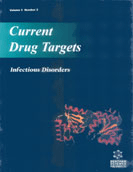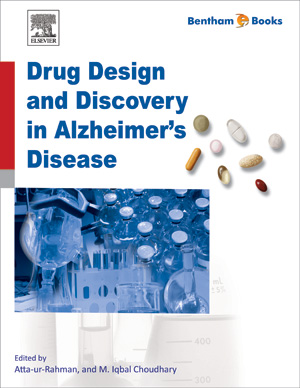Abstract
Signal Transducer and Activator of Transcription 3 (STAT3) transmits signals from receptors of the IL-6 family of cytokines and from receptors for several growth factors, including vascular endothelial growth factor (VEGF). Transmission occurs directly to the nucleus where STAT3 participates in the expression of numerous genes involved in tumor cell survival, cell cycling, invasion, and angiogenesis. Mechanistic studies have established that upon cytokine or growth factor binding to their respective receptors, STAT3 is recruited to pTyr residues on those receptors via its Src homology 2 (SH2) domain where it becomes phosphorylated on Tyr705. Reciprocal SH2-pTyr705 interactions lead to STAT3 dimerization, followed by its nuclear translocation and a resultant cascade of gene transcription. STAT3 is activated (phosphorylated on Tyr705) in numerous tumor types. Many small molecule inhibitors of STAT3 phosphorylation have been reported. These include natural products such as cryptotanshinone, resveratrol and analogues, quercetin, curcumin and analogues, and 2- methoxystypandrone, as well as synthetic compounds: e.g., Stattic, STA-21, sorafenib, STX-0119, CPA-7, LLL12, PM-73G, sorafenib, and others. For most of these agents, associated with their capacity to inhibit STAT3 phosphorylation is expression of cytotoxicity for tumor cells, raising the issue of whether they also inhibit pathways other than those responsible for STAT3 phosphorylation. Such off-target toxicities could lead to dose-limiting side effects and become a developmental impediment when evaluated in the clinic. However, recent reports on JAK inhibitors, such as Pyridone P6, AZD1480 and ruxolotinib, and SH2-targeted inhibitors suggest that inhibiting STAT3 phosphorylation is not in and of itself cytotoxic to tumor cells. In vivo, administration of AZD1480 or the STAT3 phosphorylation inhibitor, PM-73G, result in reduced tumor volume and microvessel density in human tumor xenografts in mice, suggesting blockade of VEGF signaling. Collectively, these data support the hypothesis that specific, small molecule-mediated inhibition of STAT3 activation may be a viable antitumor treatment strategy by inhibiting interactions between the tumor cells and the stromal compartment. This review will focus on key developments, spanning more than the last decade, that create the foundation for this pursuit.
Keywords: Angiogenesis, STAT3, VEGF, STAT3 phosphorylation, Janus Kinase, VEGF receptor, VEGFR.






















